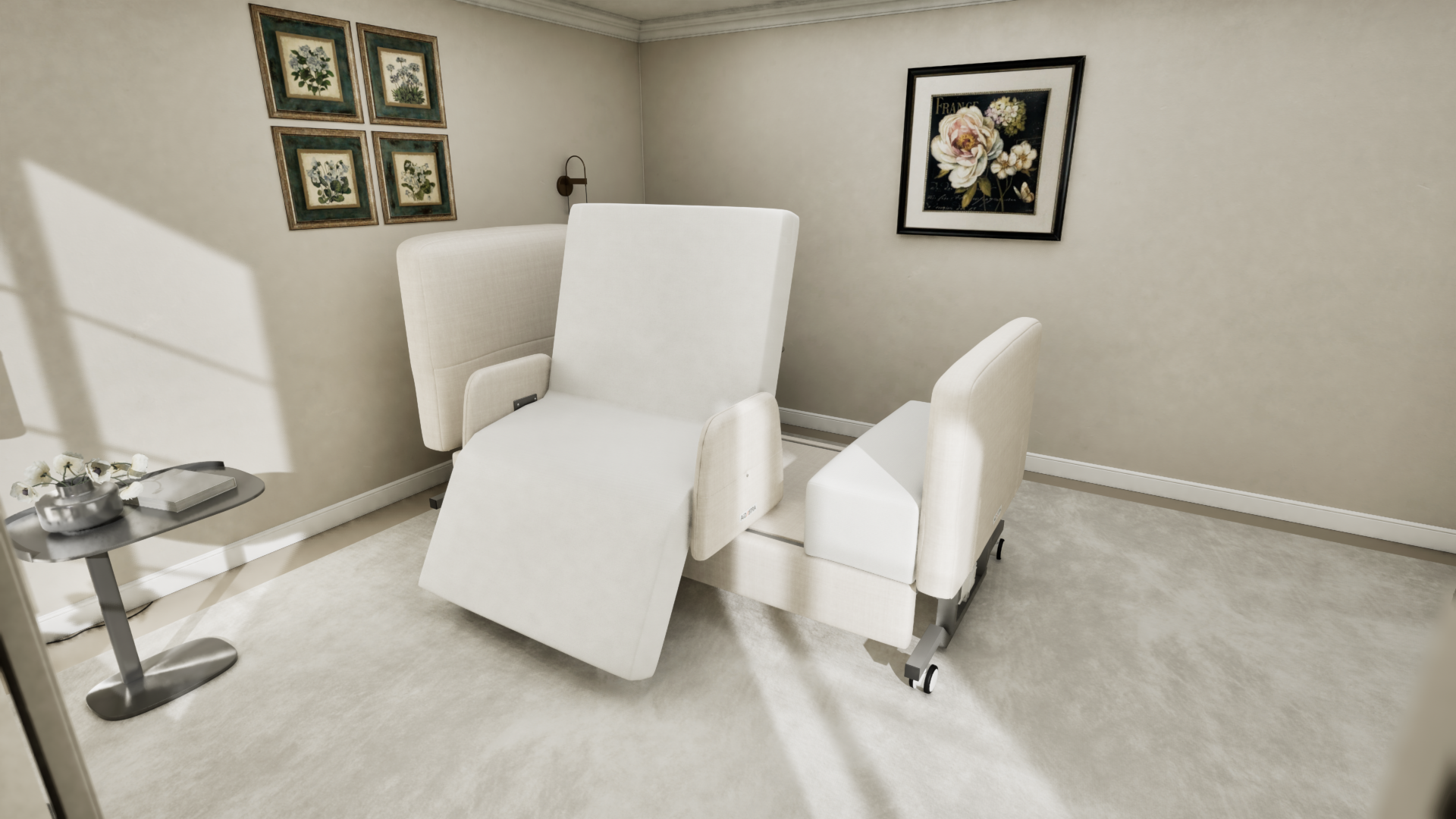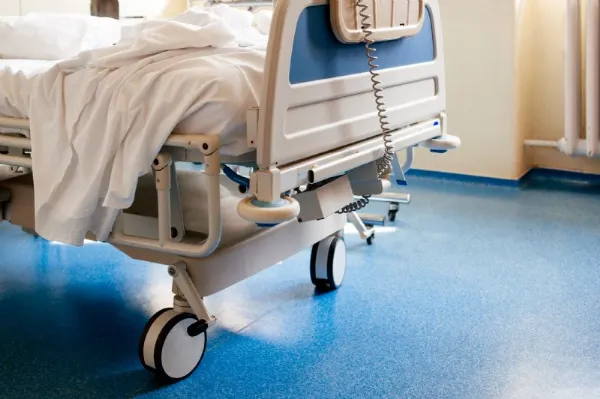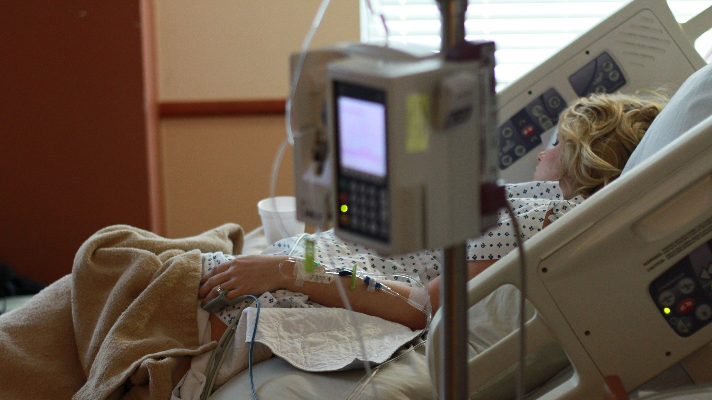7 Easy Facts About Hospital Beds For Home Use Explained
7 Easy Facts About Hospital Beds For Home Use Explained
Blog Article
The Greatest Guide To Hospital Beds For Home Use
Table of ContentsThe Ultimate Guide To Hospital Beds For Home UseThe smart Trick of Hospital Beds For Home Use That Nobody is DiscussingSome Of Hospital Beds For Home UseThe 5-Second Trick For Hospital Beds For Home UseAll About Hospital Beds For Home UseHospital Beds For Home Use for DummiesHospital Beds For Home Use for Dummies
There are three primary kinds of hospital beds: manual, semi-electric, and fully-electric. These beds utilize hand cranks to adjust the bed's height and increase and decrease the head and the foot.
Semi-electric beds have an electric motor to increase and decrease the head and foot parts of the bed (hospital beds for home use). Full-electric beds have an electrical motor that can increase the head and foot sections of the bed as well as the entire height and positioning of the bed.
The Best Strategy To Use For Hospital Beds For Home Use
There are a number of kinds of medical facility beds, each designed to fulfill certain person demands. Here are some usual types: This is the most common kind of medical facility bed, developed for general clinical use.
Reduced to the ground than a typical bed. This sort of bed is developed for bigger individuals, with a broader frame and higher weight capacity than a common bed. This type of bed is designed specifically for kids, with smaller dimensions than a conventional bed. Special attributes such as complete size side rails and anime design.
This kind of bed is developed for seriously unwell clients that need open surveillance and specialized medical tools such as ventilators and mixture pumps. This type of bed is created for usage during labor and shipment, with flexible settings and features to sustain the mother and infant throughout the birth process.
The Buzz on Hospital Beds For Home Use
Multiple function and the devices perform increasing grip to different parts of the vertebra and the extremities without relocating the human body. These are just a few instances of the kinds of hospital beds available. The details kind of bed used will certainly depend upon the individual's problem, medical needs, and other variables.
Here is the important things you require to understand. A one-function health center bed is a clinical bed that allows a client to move just the head or foot area up or down. A 2 function healthcare facility bed usually describes a kind of clinical bed that has two flexible functions to help people in hospitals or care facilities.

The 10-Second Trick For Hospital Beds For Home Use
A 7-function ICU bed is a sort of clinical bed that supplies several flexible features her latest blog to support seriously sick people in an intensive treatment device (ICU) (hospital beds for home use). The seven functions usually consist of: Backrest modification: The back-rest can be gotten used to different angles to aid the client rest up or rest easily
Height adjustment: The bed can be elevated or reduced to make it less complicated for clients to enter and out of bed, and for caregivers to supply treatment. Trendelenburg setting: The whole bed can be slanted to advertise blood circulation and circulation in the body. Reverse Trendelenburg placement: The bed can also be tilted in the opposite direction to promote blood flow and blood circulation in the top body.
1. What Size is a Health Center Bed? 2. How Much Does a Medical Facility Bed Expense? 3. Why Do Medical Facility Beds Have Side Rails? 4. What Are The Main Health Center Bed Components?. While even more inexpensive than electrical versions, these beds call for exertion for changes. The major benefits of hand-operated beds are their affordability and dependability, as they don't rely upon electricity. However, the demand for manual initiative can be a limitation in scenarios where quick changes are essential or where caretakers deal with physical obstacles.
How Hospital Beds For Home Use can Save You Time, Stress, and Money.
Semi-electric medical facility beds supply a balance of handbook and electrical controls. These beds supply a perfect middle ground between guidebook and fully electrical options, providing simplicity of use without the full cost of electrical models.
Semi-electric beds are well-suited for patients who require modest adjustments to the head and foot sections but can manage without regular height changes. This makes them an affordable option for those seeking comfort and comfort without the requirement for consistent repositioning. Fully electrical medical facility beds feature electrical controls for smooth modifications to the height, head, and foot sections.
Specialty healthcare facility beds, such as ICU beds, lasting care beds, and bariatric beds, are carefully designed to deal with certain medical requirements. These beds provide customized look after diverse individual teams, enhancing both end results and comfort. In the following areas, we will explore the major kinds of specialized health center beds, describing their particular advantages and applications.
With years of experience in producing electrical linear actuators - hospital beds for home use and close partnership with the healthcare industry, TiMOTION is well-positioned to give trusted healthcare services. Our up and down integrated firm handles every step of the see this page production procedure, from style to actuator setting up, guaranteeing we supply extraordinary value and personalized remedies tailored to your details needs
The Definitive Guide for Hospital Beds For Home Use

For more information about incorporating these technologies into your products, call us today. Additional reading:.
Data is sourced from the Medicare Price Record.

The 2-Minute Rule for Hospital Beds For Home Use
A healthcare facility bed is a bed made specifically for clinical functions. It is not just an area for individuals to relax, however also a system for clinical operations. Unlike normal home beds, healthcare facility beds usually have flexible functions, which can help with clinical staff to make numerous changes according to the demands of people, such as changing the elevation, inclination, and support angle of the back and legs of the bed.
Report this page